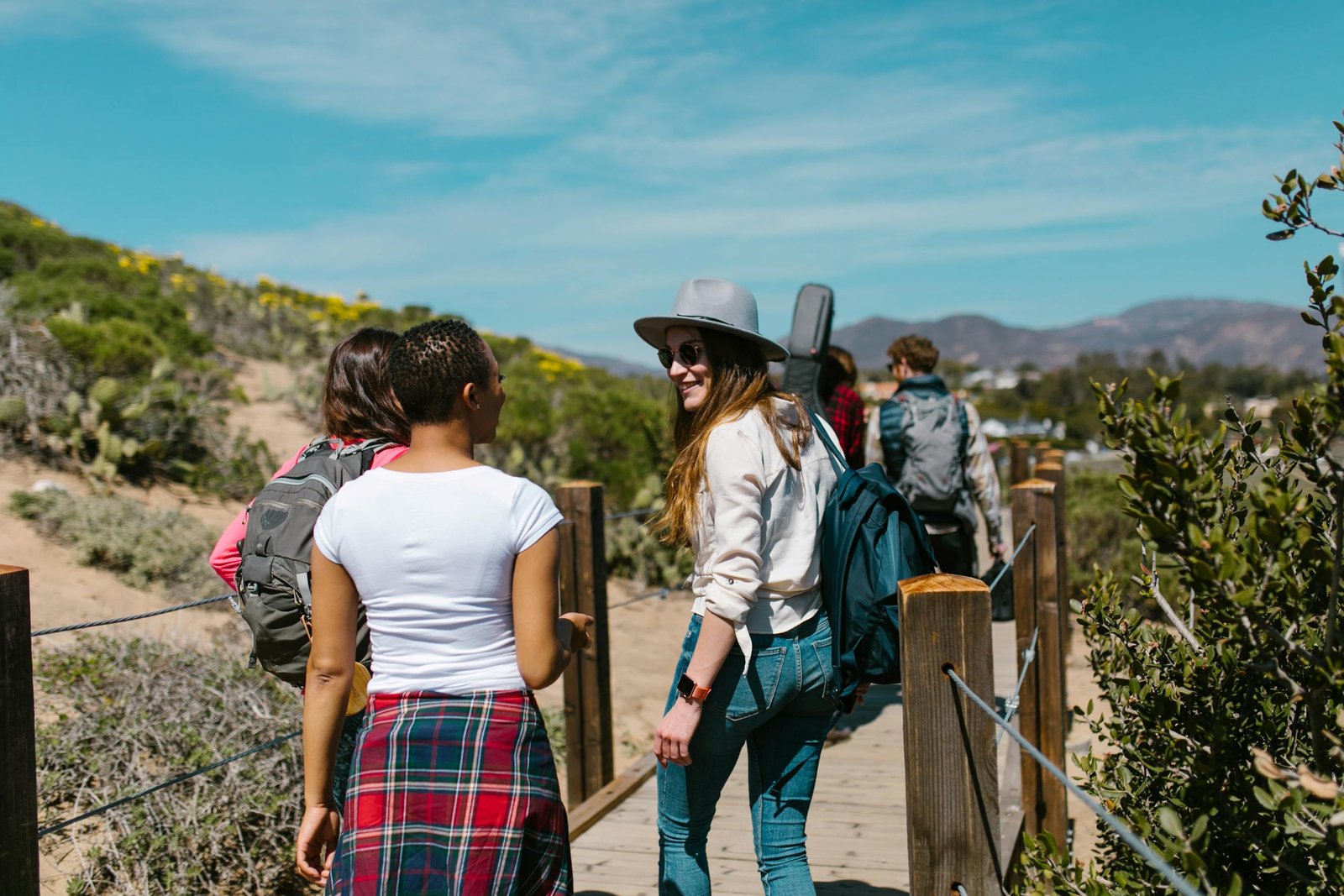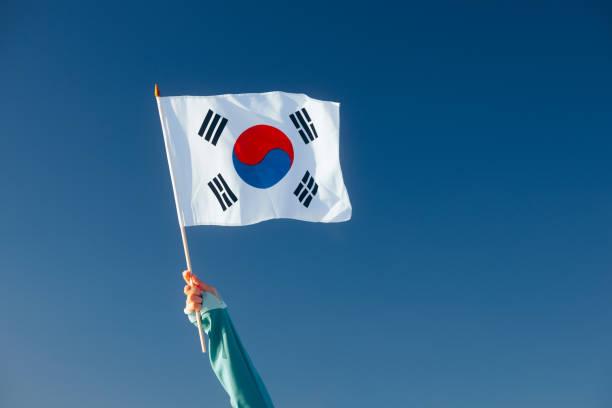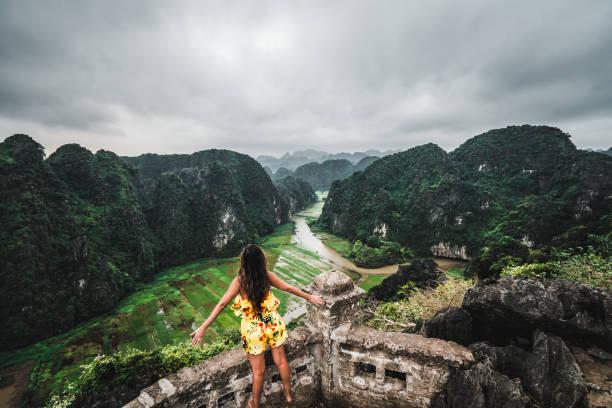Any solo female traveler will agree that traveling solo can be both exciting and also seemingly scary. And when going to a city as massive as Tokyo, the latter part just about feels very appropriate.
However, Tokyo is among the safest cities in the world and one of the best destinations for solo female travelers. Let’s see Why is Tokyo safe for solo female travelers.
Key Takeaways:
- Low Crime Rate: Tokyo has one of the lowest crime rates in the world, making it extremely safe for solo female travelers.
- Cultural Respect: Japanese culture emphasizes politeness and respect, contributing to a peaceful and secure environment.
- Efficient Public Transport: Tokyo’s public transportation is safe, reliable, and easy to navigate, even for those traveling alone.
- Safe Accommodation: From budget hostels to luxury hotels, Tokyo offers a wide range of safe accommodation options for solo travelers.
- Helpful Locals: Tokyo residents are known for their kindness and willingness to assist visitors, ensuring a supportive atmosphere for solo travelers.
- Exploring Beyond Tokyo: Cities like Kyoto, Osaka, and Hiroshima are also safe and offer unique cultural experiences for solo female travelers.
Why is Tokyo Safe for Solo Female Travelers?
Here is why Tokyo is one of the safest cities in the world:

- A Low Crime Rate: Tokyo has the lowest crime rate in the world among major metropolitan cities. This city contains some of the least violent crimes and hardly any minor crimes like pickpocketing or robbing, thus making it pretty safe for both citizens and tourists.
- Strong Police Presence: The police are very visible throughout the city. Additionally, all around Tokyo, kōban can be found—small police stations located within walking distance from anywhere—so that help, if needed, is not too far away. Police are also very accessible and helpful, thereby increasing the sense of security in the city.
- Cultural Respect: Japanese culture teaches us to be respectful, polite, and considerate to others. This is the basic portion of their very culture, by which there are fewer chances of any situation of confrontation or commotion in the first place. Thus, a peaceful environment is guaranteed all the time.
- Safe Public Transport: Not only is Tokyo’s public transport effective but it is also extremely safe. The trains, buses, and taxis are also reliable because they are monitored. So, one can travel in and around the city, even at night.
- Well-Lit Streets: The streets of Tokyo are so well-lit that even in the dead of night, they are not lonely. It provides a security feeling when moving around in the city at night. The infrastructure of the city has been developed with security in mind; no place in the city is dark or quiet.
- Helpful Locals: Tokyoites are very friendly and always help anyone in need. If you ever get lost or require assistance for any other reason, the locals are more than willing to help out, even if there might be a language barrier.
The combination of these two elements makes Tokyo one of the safest cities in the world, particularly for solo travelers and women.
You will feel safe both in the busy districts and the quiet alleys while wandering around the city.
Cultural Respect and Kindness
The roots of Tokyo’s safety lie in the deep respect and courtesy that marks Japanese culture. Here is how this cultural aspect has helped to make it safe:
- Politeness as a Norm: Courtesy and respectfulness toward others are intuitively instilled in Japanese society. Individuals find themselves going out of their way to avoid others’ discomfort or inconvenience. Such respect toward others translates to peace and stability in society, where there are hardly ever conflicts and face-offs.
- Helping Others: Japanese are very helpful, more so to the visitors. If you get lost or fall into a problem, people will go out of their way to help you if they do not even know a word of English. It is an enkindling feeling whereby you do feel safe and supported throughout the journey.
- Orderly Behavior: The public spaces in Tokyo are marked by order. Whether one is lining up, riding public transportation, or even walking, the Japanese people order their behavior with social rules that take into consideration everyone’s well-being. This is orderly behavior that reduces the potential for accidents or conflicts.
- Respect for Privacy: In Japanese society, people will face respect for privacy. Everybody usually minds his or her business in public places, never lingering unnecessarily. Their regard toward personal space maintains the safety level of visitors and adds to the comfort, especially solo travelers, against unwanted attention as they move solo.

These cultural values of respect and kindness make Tokyo not only a safe city but also pleasant and comfortable to explore.
As a solo traveler, you will find that these cultural norms help create a stress-free and secure experience throughout your journey.
Navigating Tokyo: Transportation and Accommodation
It is therefore easy to walk around Tokyo for solo travelers since the city’s transport is easy to navigate, and there are different accommodation solutions, as shown below:
Transportation System in Tokyo

- Efficient Public Transport: Tokyo boasts one of the world’s best public transport systems. The city is cut across with an extensive network of trains, underground trains, and buses which are as reliable as they are extremely safe. The trains and subways connote punctuality, cleanliness, and efficiency. Proceeding around the city, even for those who do not speak Japanese, is very easy.
- Women-only carriages: Several trains offer a women-only carriage for a good number of hours during the rush. These carriages provide an extra edge concerning comfort and security during crowded times. These types of carriages are usually colored pink and operated during the commutes while most women head every morning or evening.
- Taxis and Ride-Sharing: Taxis in Tokyo are safe and reliable. They can be easily located and flagged in the street or booked via an app. Although slightly more expensive than public transport, they come in very handy if you need to travel late at night or carry some luggage.
- Suica and Pasmo Cards: If you plan to move around Tokyo frequently, then buying a Suica or a Pasmo card will be worth considering. These are smart rechargeable cards that can be used for train and bus trips and even at some shops. They save you from the hassle of buying individual tickets, reloadable at every station, easily.
- Navigation Apps: Google Maps is very useful in Tokyo. It gives train schedules, and walking directions, and even tells which exit to take from a station. Other Japan-specific apps, like HyperDia, can also help in route planning.
Accommodation in Tokyo
1. Choosing the Right Area:
Tokyo comprises a lot of neighborhoods, and each area has its feel. Areas like Shinjuku, Shibuya, and Roppongi are perfect for solo travelers;
these places are bustling and brightly lit up at night, meaning that one could find any kind of accommodation, ranging from the cheapest hostels to the most expensive hotels.
- Shinjuku: With an exciting atmosphere and real nightlife, Shinjuku has become a favorite among solo travelers. The place is pretty safe and offers plenty of restaurants, shopping, and entertainment options. Plus, there is another major transportation hub that makes it easy to explore the rest of Tokyo.
- SHIBUYA: This is the district of the mecca of the worldwide icon of Shibuya Crossing. This is a very lively and modern place where people fond of crowd noise and rush can find themselves in the liveliest spot. From here you easily access current cafés, shops, or cultural sites.
- ROPPONGI: This is a bit upscale location with luxury hotels and fine dining, happening nightlife scene, and therefore it hosts most embassies of Tokyo, rendering the place very cosmopolitan.
2. Types of accommodation:
In Tokyo, all types of accommodation suit the budget and choice of everyone.
- Hostels and Capsule Hotels: Hostels and capsule hotels are available for tending-to-be-cheap travelers, and they never disappoint. They are spotlessly clean and safe, and most of them are centrally located. In addition, a good number of the hostels also have female-only dorms, adding more reason to feel extra secure.
- Budget Hotels: A grade above hostels, these hotels offer single rooms at affordable prices. Small in size but with complete amenities, they are perfect for solo travelers who want to have their room for privacy.
- Ryokan: Forming more toward the local settings are the Ryokans or the Japanese inns. Expensive ones, but they give a way different kind of cultural experience, usually including tatami rooms, futon beds, and meals in the traditional style.
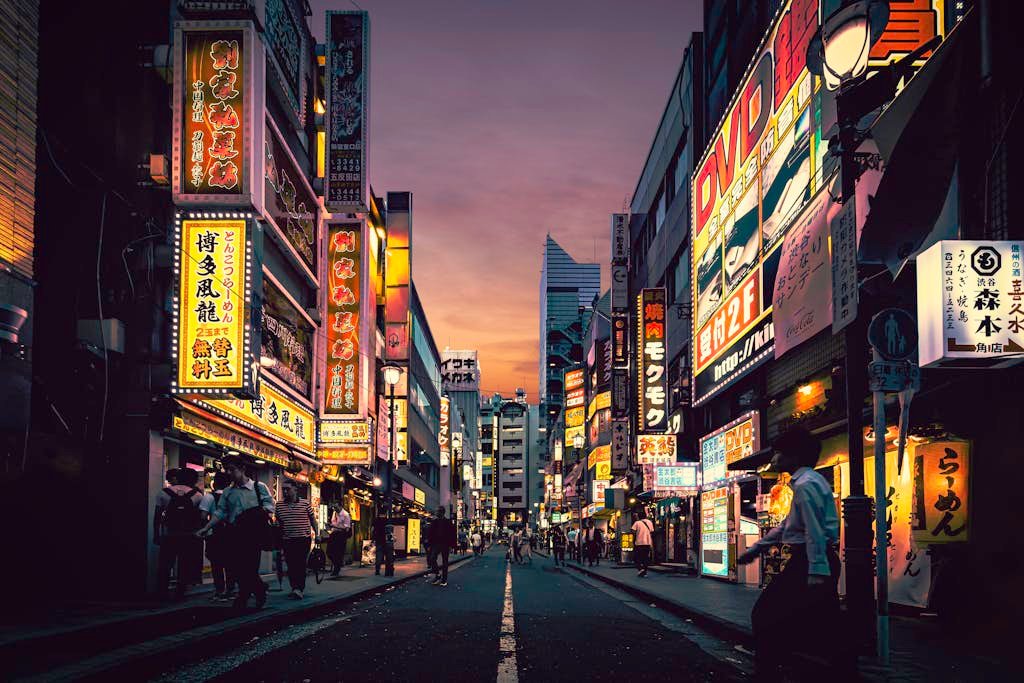
3. Safety of the Accommodation:
Accommodation in Tokyo is quite safe. Whether you choose a hostel, budget hotel, or luxury accommodation, security arrangements are always very tight, with secure lockers where you can keep your valuables all the time.
With a reception open around the clock, most places allow you to be at complete ease with your belongings.
Getting around Tokyo is easy with effective transportation and secure and convenient places to stay.
Whether it is riding the train, taking a taxi, or staying at a hotel, you can stay in Tokyo with peace of mind and spend your solo trip in an efficient and comfortable place.
Travel outside of Tokyo: Kyoto and other towns or cities
While Tokyo is one such vibrant city to discover, the rest of Japan is vast with much to offer apart from being its capital.
These bigger cities like Kyoto, Osaka, and Hiroshima adorn their charm and also prove to be extremely safe for a female traveling solitarily. So this is what you would have in each city.
Kyoto: Tradition Within Serenity
Kyoto is said to be Japan’s cultural heart, which is globally noted for its well-preserved temples, traditional tea houses, and sensational gardens. One needs to visit Kyoto to feel Japan’s ancient history and landscapes like nowhere else.
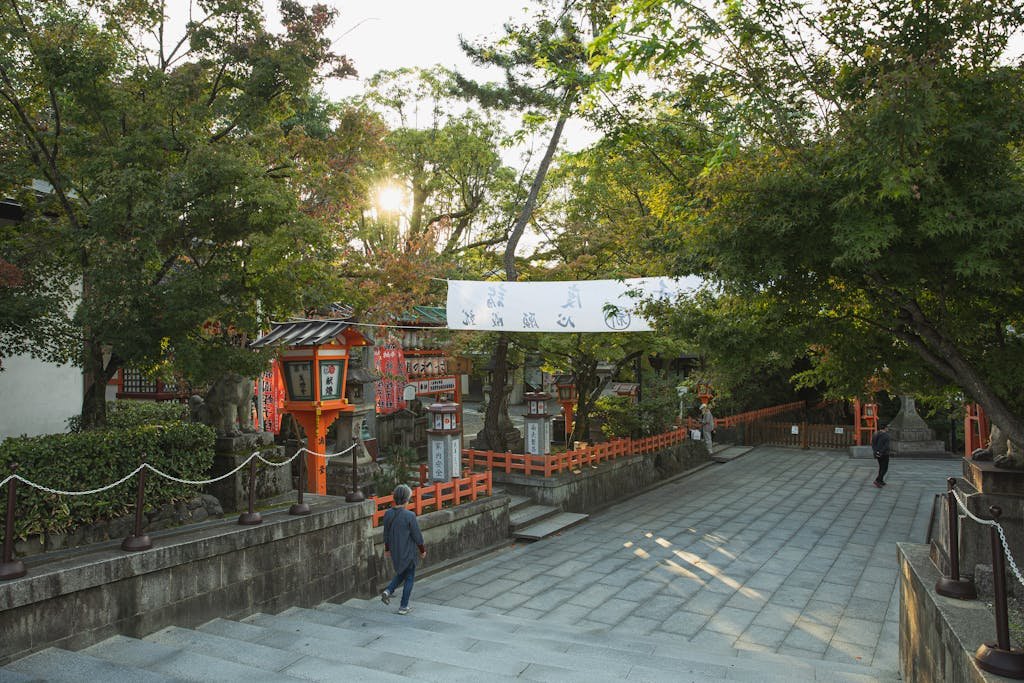
- Safety and Atmosphere: Kyoto is very safe, just like Tokyo. It is isolated and not as populous, which means a little better relaxation. It is very easy and trouble-free to walk around alone through such things as the old districts of Gion or famous spots such as Fushimi Inari Shrine and Kinkaku-ji (Golden Pavilion).
- Getting around: Efficient public transportation links most of Kyoto’s attractions through buses and trains. The city is also very pedestrian-friendly and another popular pastime is to rent a bicycle to explore the more scenic routes around the city.
- Accommodation: For a unique cultural experience in Kyoto, there are the traditional ryokans. In the more modern establishments of hotels and guesthouses, accommodations will suit most budgets, and in common with Tokyo, safety is paramount within them.
Osaka: A City of Contrasts
Osaka, being the third-largest city in Japan, has a great mix of modern attractions and historical sites.
It is popular for street food and nightlife, and the atmosphere here is very different from Tokyo and Kyoto.
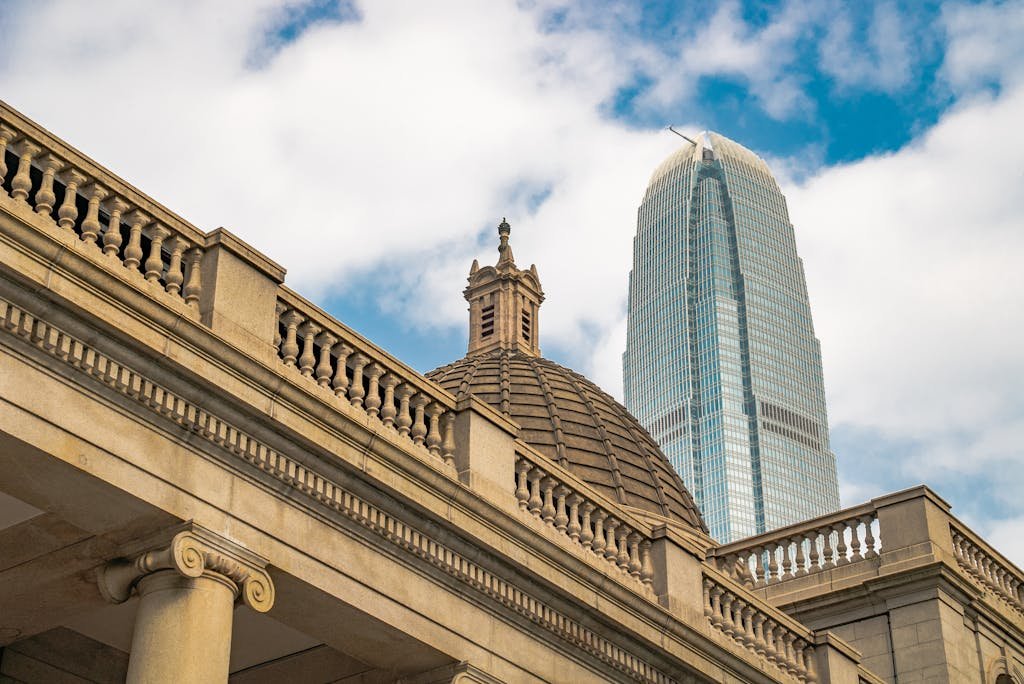
- Safety and Atmosphere: Osaka is safe for solo female travelers, though this place is rather quick and dynamic compared to Kyoto. People here are really friendly and outgoing—it won’t be a problem to have a chat and get recommendations.
- Must-Visit Areas: The Dotonbori is very famous for its neon lights, street food stalls, and places for entertainment. Another is the Osaka Castle, which shows part of the history of Japan. Lastly, the city’s aquarium and Universal Studios Japan.
- Getting There: Public transportation in Osaka is very much developed. There is a comprehensive subway system that will make it easy to access any area of the city. JR Osaka Loop Line is very useful in going to most of the spots in the city.
Hiroshima: A City of Reflection and Resilience
Hiroshima is famous globally for the past, mainly with the atomic bombing during the time of World War II.
Today, it stands as a symbol of peace and resilience, with many visitors coming to pay their respects and learn about its history.
- Safety and Atmosphere: Hiroshima, like the rest of Japan, is very safe. There seems to be an atmosphere of sadness but also hope throughout the city, especially at sites such as the Hiroshima Peace Memorial Park and Museum. One can easily take a visit to these locations alone and spend an hour or so reflecting on the sights.
- Must-Visit Sites: Other than the Peace Memorial Park, do not miss out on a visit to Miyajima Island and its floating torii gate, along with the friendly deer. The island is easily accessible from Hiroshima and has great hiking trails for sceneries.
- Getting Around: Public transport in Hiroshima includes easy-to-ride trams and buses. Because the JR Sanyo Line goes to other prominent cities from Hiroshima, it is easily accessed and an ideal location to also include in your travels to Japan.
More Places to See
Nara—A short train ride from Kyoto. Filled with a huge park with wild deer that roam free and incredibly beautiful temples such as Todai-ji, where there is a giant Buddha statue.
- Sapporo: on the northern island of Hokkaido. It is famous for winter festivals and skiing. It is a bit more out of the way, but it gives a different view of Japan’s natural beauty.
- Okinawa: More tropical getaways, beaches, and the laid-back state of the island will pass a trouble-free vacation. The place is secure as well as a blend of Japanese- and native Ryukyu cultures.
Travel Advice Travelling Outside Tokyo
- Use Japan Rail Pass: If you are going to visit several cities, then you should purchase a Japan Rail Pass. One major advantage of this pass is unlimited travel on all JR trains, including the Shinkansen (bullet train), no matter how far you travel.
- Plan Your Stay: A little research on each city before you take your journey will be very fruitful because each city has its own attractions and cultural experiences.
- Stay Connected: A portable Wi-Fi device or a SIM card with some data on it will not leave you astray from your route, translations, and communication needs while on the go to the next city.
- Respect Local Customs: Everywhere in the world, there can still be varying flavors and customs. Respect for those local ways increases the quality of your experience and helps make sure you leave a positive impression.
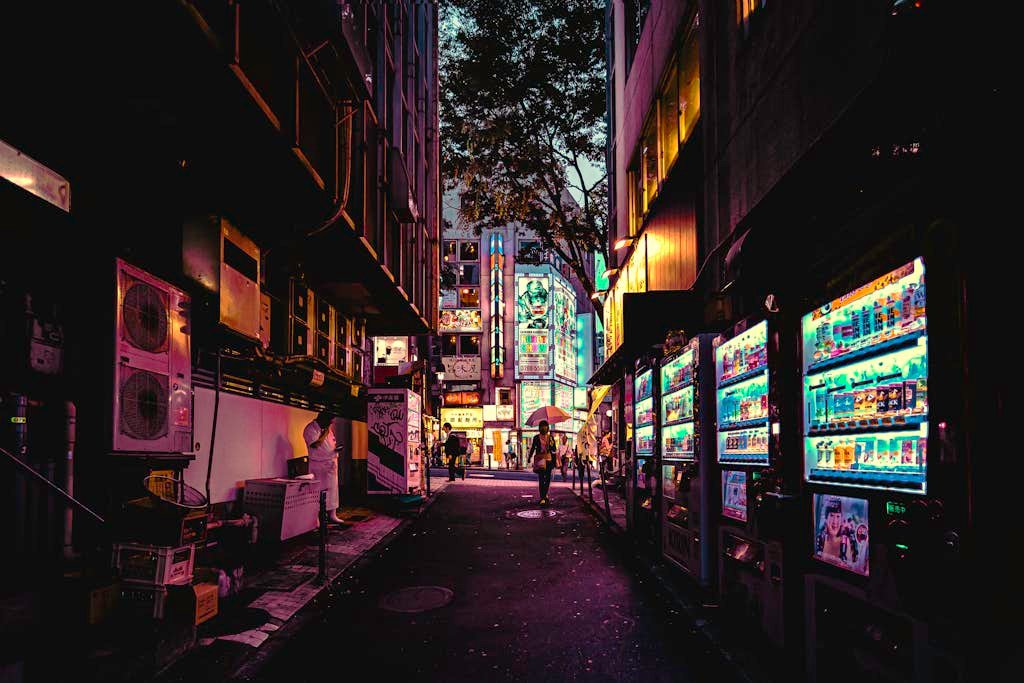
Traveling beyond Tokyo, you experience a wider Japan: its culture, history, and natural beauty, from the temples in Kyoto to the nightlife in Osaka and the touching parks in Hiroshima.
Besides, there is a different life in each of its cities, with its special magnetic atmosphere, so it’s worth a visit alone, even if you are a woman and a little afraid.
Tips for Staying Safe While Traveling Solo
Even in a city as safe as Tokyo, it’s always wise to take some precautions. Here are some tips:
- Stay in Well-Lit Areas: Tokyo is generally safe, but it’s always a good idea to stick to well-lit, populated areas, especially at night.
- Use Technology to Your Advantage: Applications such as Google Maps can be used to get around the city hassle-free. You can also download translation apps in case you need to communicate with the locals.
- Keep Your Belongings Secure: While petty theft is rare, it’s still important to keep your belongings close, especially in crowded areas.
- Trust Your Instincts: If something doesn’t feel right, it’s okay to change your plans or move to a different area. Your safety is the top priority.
What Other Solo Female Travelers Say
Listen to Your Instincts: If something does not feel right, it is okay to change plans and go somewhere else. You are first and foremost responsible for your safety.
Still not sure that Tokyo is safe for solo female travelers? The Reddit page is full of “yes”. Thousands of women traveled solo to Tokyo, posting their experiences online, underlining the safety of the city, the friendliness of locals, and the ease of navigation. These first-hand accounts are relieving and offer useful tips for your trip.
Trip Planner
It’s really exciting to plan your itinerary for your solo trip to Japan. A little bit overwhelming too because it’s rich in cultural experiences and diversified attractions.
Following is, therefore, the suggested outline of an itinerary that breathes in some of the energetic, bustling vibrations of Tokyo in between the charms of Kyoto and others.
Tokyo: Days 1–4
- Starting at Tokyo: it’s imperial history that’s about mercurial architecture and where modern skyscrapers meet the traditional temples.
- Feel Shibuya and Shinjuku: First up are these iconic districts. Check out Shibuya Crossing before moving on to Shinjuku, where you can shop, dine, or partake in its vibrant nightlife. Do not miss the observation decks of the Tokyo Metropolitan Government Building for that fantastic sweeping view over the city.
- Cultural Highlights: Reserve a day to stroll around some of Japan’s more historical sites, such as the Senso-ji Temple in Asakusa, the Meiji Shrine in Harajuku, and the Imperial Palace. These give a view of Japan’s heritage and spiritual beliefs.
- Ginza and Akihabara: One should head to Ginza for amazing shopping and to Akihabara to get into the pop culture of Japan, where one can find some great electronics, anime, and manga.
- Day Trip to Nikko or Kamakura: You can take some time out for a day trip to Nikko, with its stunning shrines and waterfalls, or to Kamakura, with its huge Buddha and views over the coastline—all easily accessible from Tokyo.
Day 5-7: Kyoto
From there, head toward Kyoto, the soul of old Japan.
- Temples and Shrines: Start your itinerary with Kyoto’s most historical, the Golden Pavilion, Fushimi Inari Shrine, and Kiyomizu-dera.
- Arashiyama Bamboo Forest: Start a morning walking the peaceful Arashiyama Bamboo Forest. Also, see the nearby Tenryu-ji Temple and the Iwatayama Monkey Park.
- Gion District: Full of tradition and history, take a walk through the Gion district, a place full of geisha culture. It’s an ideal spot for a quiet stroll and possibly seeing a geisha heading to her next appointment.
- Day Trip to Nara: Go over to Nara on a day trip to see the Todai-ji Temple, which has a giant Buddha being enshrined there. Do not forget Nara Park and its friendly deer who eat out of your hand and let you take selfies with them
Day 8-9: Osaka
Osaka: The Capital of Food – „Kuidaore” and Interesting.
- Dotonbori: Start with Osaka’s iconic entertainment district, where I can enjoy street food like takoyaki (octopus balls) and okonomiyaki (savory pancakes) in the glow of neon under the people.
- Osaka Castle: Come through Osaka Castle and visit an adjacent park. The facilities of the castle let us in with a view back in time to the Japanese feudal ages and a splendid view of the city.
- Umeda Sky Building: Cap off your trip to Osaka with a visit to Umeda Sky Building. The floating garden observatory is quite a spot to catch these views, especially during sunsets.
Day 10: Hiroshima
A day trip to Hiroshima is both somber and enlightening.
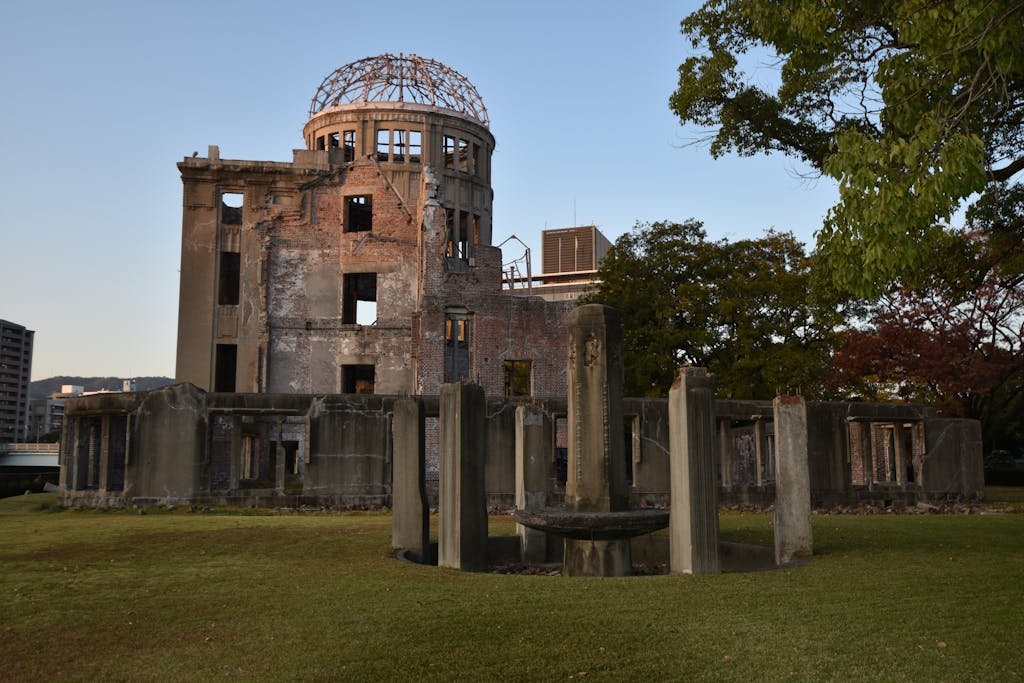
- Peace Memorial Park and Museum: One can spend almost a whole day at the Hiroshima Peace Memorial Park and Museum for a perfect realization of the impacts of the atomic bomb and the message about peace that this city carries. A-Bomb Dome is a painful reminder of the past.
- Miyajima Island: If you have some time on your hands, take a ferry across to Miyajima Island. It is seen as the famous floating torii gate at Itsukushima Shrine. The island is also very suitable for trekking and enjoying nature.
Day 11 – 12: Head Back to Tokyo or Continue Exploring
The ball is in your court: either head back to Tokyo for some last-minute sightseeing and shopping or explore another region, perhaps Hakone for those hot springs or Hokkaido for nature.
- Hakone: For some relaxation time in an onsen (“hot spring”), come to Hakone. Enjoy Mount Fuji on a clear day and a boat ride on Lake Ashi, or even a visit to the Hakone Open-Air Museum.
- Hokkaido: The only place in Japan where an outdoor enthusiast will wish to fly down and spend successive days. From Sapporo to the pretty Furano and Biei, or winter sports in Niseko if you are there in the colder months. Final Tips to
Make Your Itinerary
- Balance Your Days: Switch between the hectic days of sightseeing and easygoing days so as not to get wearied while traveling. Japan is one of those many countries stuffed with plenty to see, but do not hurry up too much with your trip and enjoy your traveling process.
- Use a Japan Rail Pass: If you are traveling to several cities, then the Japan Rail Pass is economical, not to mention logistically convenient. Most trains are part of the pass, with bonuses like the Shinkansen (bullet train), so it makes traveling from one city to another extremely easy and seamless.
- Planning for flexibility: It is nice to plan, but one of the most enjoyable aspects of travel is some free rein to follow intuition. Maybe you’ll find an unknown place that you’ll want to stay at or a town that you would like to stay longer in.
- Engage with Local Culture: Spend some time amidst the local people, try their way, and probably spruce it up with a tea ceremony or a traditional craft-making class. Such experiences will give you an even deeper connection to Japan.
Following this itinerary, you will touch the heights of Japan, starting with Tokyo, meeting at the country’s modern marvels, and colonizing the old capital, Kyoto.
Whether you are a lone traveler or building your trip with friends, this trip will provide memories that won’t wipe off.

FAQs
Is it safe to walk in Tokyo at night alone?
For sure, Tokyo is a very safe place for a stroll at night alone. Being a low crime-prone city with streets lightened well, Tokyo is considered to be one of the safest places for solo travelers.
Which is the safest country for solo female travelers?
Japan is one of the countries that almost certainly falls among the safest countries for solo female travelers. A low rate of crime, a very observant community, along with the highest grade of public transport efficiency, make it an ideal one.
Is Tokyo worth visiting alone?
Yes, definitely. Tokyo is full of new attractions, cultural experiences, and safety, making it ideal for any solo traveler looking for great adventures.
Is it okay to travel to Japan alone?
Yes, it is okay to travel to Japan alone. The country is known to be safe with friendly locals and accessible public transport, so traveling alone is enjoyable and stress-free.
Is Tokyo safe for female soloists?
Yes, Tokyo is one of the safest places for solo female travelers, considering the low crime rates and having a respectful culture, it is one of the top best cities for women traveling alone.
Can you now kiss in public in Tokyo?
Cases of PDA, for example, kissing are infrequent in Tokyo, while it is not illegal, theoretically it is considered rude, so one is most comfortable doing it in private.
Which is the safest city for solo female travelers?
Tokyo is one of the most secure cities for solo female travelers, thanks to the low crime level and a well-mannered society.
What is the Best Place for a Solo Female Traveler?
One of the best places for individual female travelers could be Japan, particularly places like Tokyo or Kyoto. The country is secure, and there is a welcoming nature as there is a lot to experience.
Can Women Travel Alone in Dubai?
Yes, Dubai is safe for solo female travelers. It is highly modernized, with very strict laws to ensure that everybody is in a safe environment. However, the issue of dressing modestly will have to be taken into consideration.
Conclusion
Yes, Tokyo is extremely safe for a solo female traveler. The city’s low crime rate, coupled with much respect and well-functioning public transportation, gives it a different edge. Be it a lively area or a slow walk around the city, you’ll be feeling secure in Tokyo. So, with a few basic safety tips, trust your instinct and enjoy the adventure.
With its safety combined with a vibrant atmosphere and unique culture, Tokyo is a city where your solo journey will be safe but not forgettable, of course.

